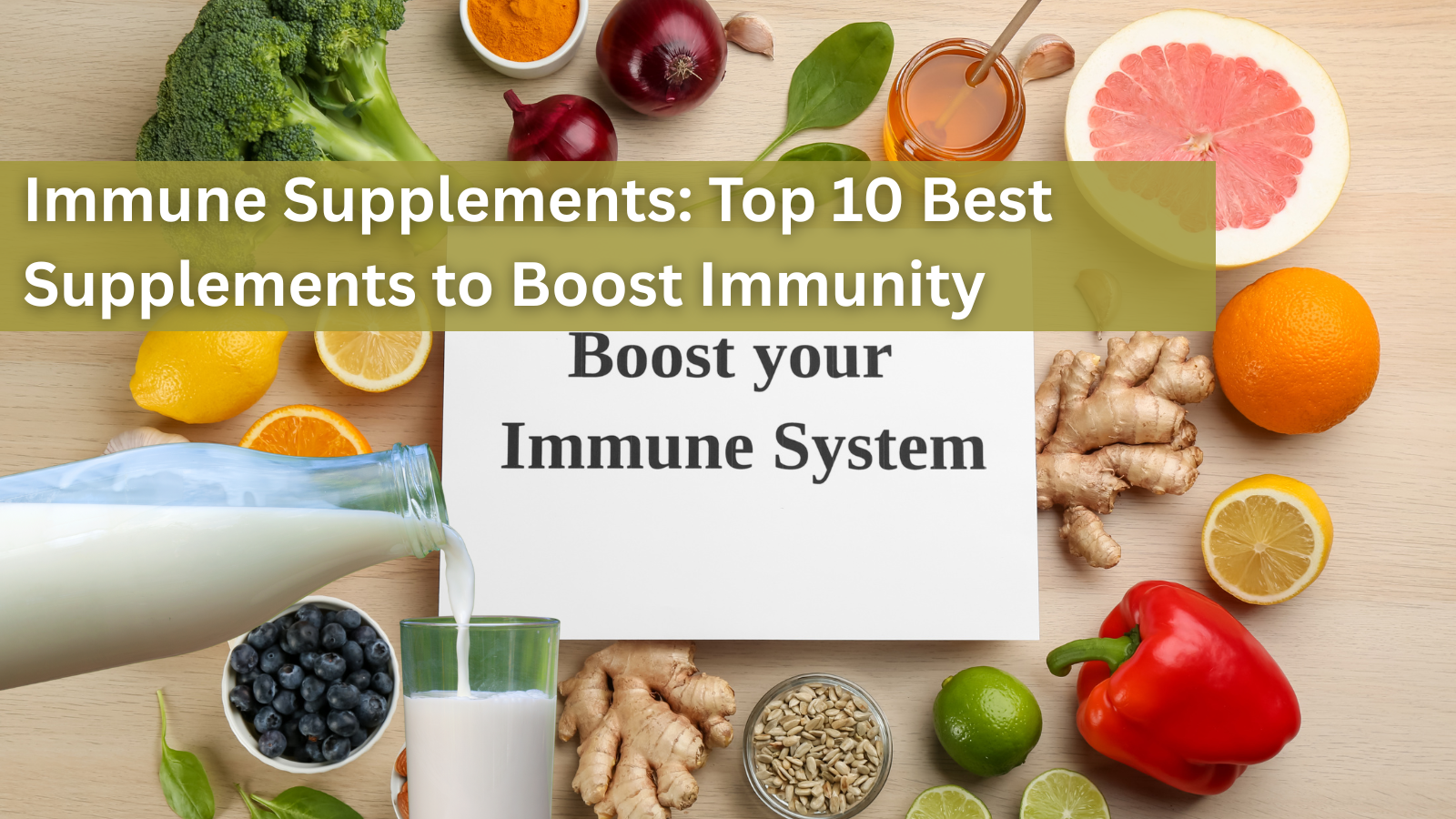Tackling Age-Related Diseases by Preventing Advanced Glycation End-Products (AGEs): The Promise of Dicarbonyl Scavengers

Advanced glycation end-products, or AGEs, are chemical compounds formed when proteins or lipids become glycated as a result of exposure to sugars. Over time, AGEs accumulate in human tissues and play a significant role in the progression of age-related diseases, including diabetes, cardiovascular disorders, neurodegeneration, atherosclerosis, hypertension, kidney dysfunction, and several types of cancer. Preventing the formation of AGEs has emerged as a promising strategy in mitigating these chronic health conditions.
Recent scientific studies have highlighted several compounds, known as dicarbonyl scavengers, such as quercetin, that can intercept the reactive intermediates that lead to AGE formation, offering hope for both clinicians and individuals seeking to manage their health more proactively.
The Science of Dicarbonyl Scavengers
Reactive dicarbonyl compounds, such as methylglyoxal (MGO) and glyoxal (GO), are potent mediators of AGE formation. Neutralizing these molecules before they can react with biomolecules is a promising way to slow AGE accumulation and its damaging effects.
Here’s a closer look at some leading dicarbonyl scavengers that have shown noteworthy results in scientific research:
1. Quercetin
- Nature and Activity: Quercetin is a widely distributed natural flavonol, prevalent in onions, apples, and berries.
- Research Findings: Under physiological conditions, quercetin effectively traps both MGO and GO, achieving over 80% trapping efficiency (Li et al., 2014). Given its abundance in common fruits and vegetables, quercetin could play a central role in dietary strategies aimed at AGE prevention.
2. Rutin
- Source: Rutin is a natural flavonoid, with potent antioxidant and anti-inflammatory properties, extracted from the plant Hancornia speciosa Gomes.
- Mechanism: It exhibits a remarkable capacity to trap reactive carbonyl species, thus significantly reducing the formation of AGEs (Marques et al., 2018). Its plant-based origin and strong efficacy profile make rutin a promising candidate for dietary supplementation targeting AGE-related diseases.
3. Hydroxytyrosol and Derivatives
- Highlight Compound: Hydroxytyrosol is a phenolic compound found in olive oil, celebrated for its antioxidant potency.
- Efficacy: Hydroxytyrosol and related molecules, particularly DOPAC, have shown superior ability to trap methylglyoxal and other dicarbonyl species (Navarro et al., 2016). These compounds could be integral to Mediterranean diets' protective effects against age-related chronic diseases.
4. Aminoguanidine
- Primary Action: Aminoguanidine acts as an effective scavenger of α-dicarbonyl compounds, thereby inhibiting the glycation of proteins and subsequent AGE formation.
- Research Backing: Marques et al., 2018 demonstrated aminoguanidine’s ability to significantly lower AGE production in experimental systems. Though its clinical use remains under study, aminoguanidine’s mechanism offers a blueprint for designing new AGE inhibitors.
Integrative Approaches and Future Directions
While each of these dicarbonyl scavengers shows individual promise in inhibiting AGE formation, the biosynthetic pathway for AGEs is intricate and often involves multiple intermediates. This complexity suggests that a multifaceted approach—possibly combining several scavenger compounds or complementing them with other interventions such as improved glycemic control, antioxidants, or lifestyle changes—may offer the most robust protection against age-related diseases.
Practical Considerations
- Safety and Dosage: More clinical research is required to determine the optimal doses and long-term safety profiles of these compounds in humans.
- Dietary Integration: Encouraging consumption of foods rich in flavonoids and phenolic compounds may provide a natural, accessible way to bolster the body’s defenses against AGEs.
Summary and Final Thoughts
AGEs are byproducts of a complex series of non-enzymatic reactions between reducing sugars and proteins, lipids, or nucleic acids. These reactions are accelerated under hyperglycemic and oxidative stress conditions, explaining the strong links between AGEs and metabolic diseases such as diabetes. The more oxidative stress and metabolic dysfunction, the more damage AGE's can accomplish. Once formed, AGEs contribute to cellular dysfunction by altering normal protein structure, compromising tissue elasticity, and driving chronic inflammation.
As one researcher, Aleksandra Kuzan, writes:
"It is important to educate individuals on the risk of AGE toxicity, instilling the importance of a healthy diet, and encouraging them to choose food products that are not processed in high temperature conditions. It is also worth raising patients' awareness on preventing the effects of glycation, used to protect food supplies. Natural anti-glycation agents include anthocyanins and ellagic acid, which are derived from vegetables and fruits, and are also active ingredients contained in green tea; garlic; resveratrol; red wine; curcumin; cinnamic acid derivatives, such as ferulic acid; quercetin, which is found in several plants, caffeic acid from Ilex paraguariensis and numerous other food stuffs"
The prevention of advanced glycation end-products is emerging as a crucial avenue in the fight against age-associated diseases. With continued research and a nuanced approach that leverages the synergistic effects of multiple dicarbonyl scavengers, the scientific and medical communities can open new doors for healthy aging and chronic disease management.
If you’re a scientist exploring novel interventions for AGE-related disorders, or a member of the public seeking the latest insights into healthy aging, check out one of the purest a safest Quercetin supplements on the market: Bernard Jensen's Quercetin Plus, with Bromelain, Zinc and Vitamin C.
References
Kuzan A. Toxicity of advanced glycation end products (Review). Biomed Rep. 2021 May;14(5):46. doi: 10.3892/br.2021.1422. Epub 2021 Mar 18. PMID: 33786175; PMCID: PMC7995243.
Marques, et al. (2018). Improved Methods for the Rapid Formation and Prevention of Advanced Glycation End Products (AGEs) In Vitro by Coupling to the Hypoxanthine/Xanthine Oxidase Assay System.
Navarro, et al. (2016). Investigations on the Reaction of C3 and C6 α-Dicarbonyl Compounds with Hydroxytyrosol and Related Compounds under Competitive Conditions.
Li, et al. (2014). Quercetin Inhibits Advanced Glycation End Product Formation by Trapping Methylglyoxal and Glyoxal.

September 27, 2025
Immune Supplements: Top 10 Best Supplements to Boost Immunity
Are you looking for effective ways to enhance your body’s natural defense? Immune supplements have become popular choices to support the immune system booster function, especially in times of increased illness risk. With so many products...
Read more
September 27, 2025
Cell Phone and WiFi Safety: How to Prevent and Treat EMF Damage and Electrosensitivity
Electrohypersensitivity (EHS), often called electrosensitivity, has been a polarizing and increasingly relevant issue over the past decade and a half. Since the number of people identifying with these symptoms continues to grow exponent...
Read more
September 27, 2025
Raw Carrots: Nature’s Antibacterial & Antiseptic Food
For most of us, carrots are simply a crunchy snack or a source of vitamin A. But according to researcher Ray Peat, PhD, raw carrots offer something more unusual: they act as a kind of natural antiseptic inside the gut, helping to contro...
Read more




Leave a comment